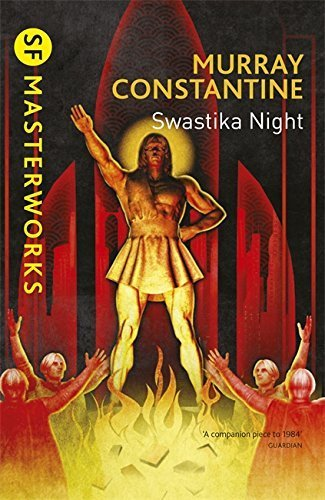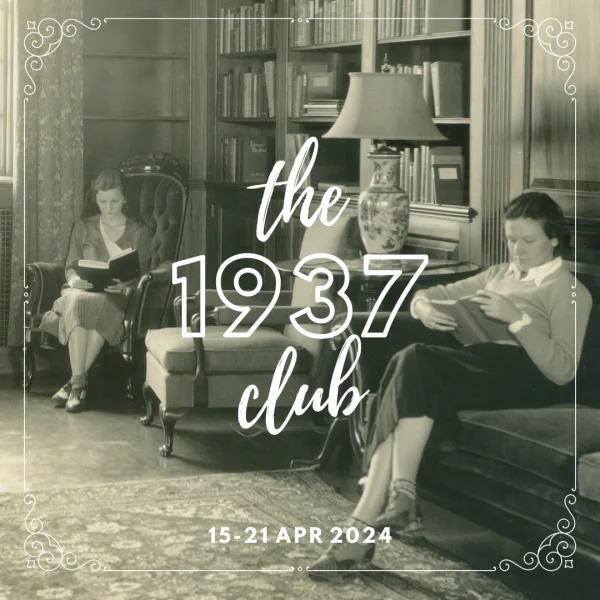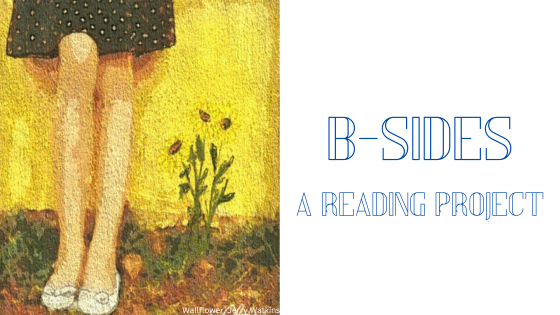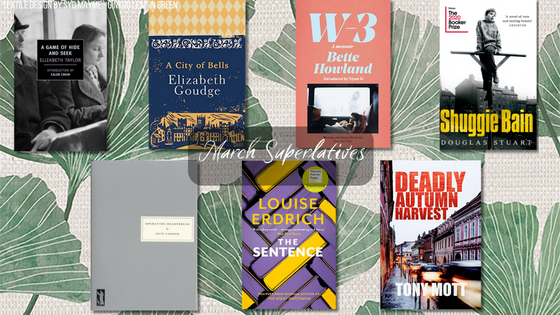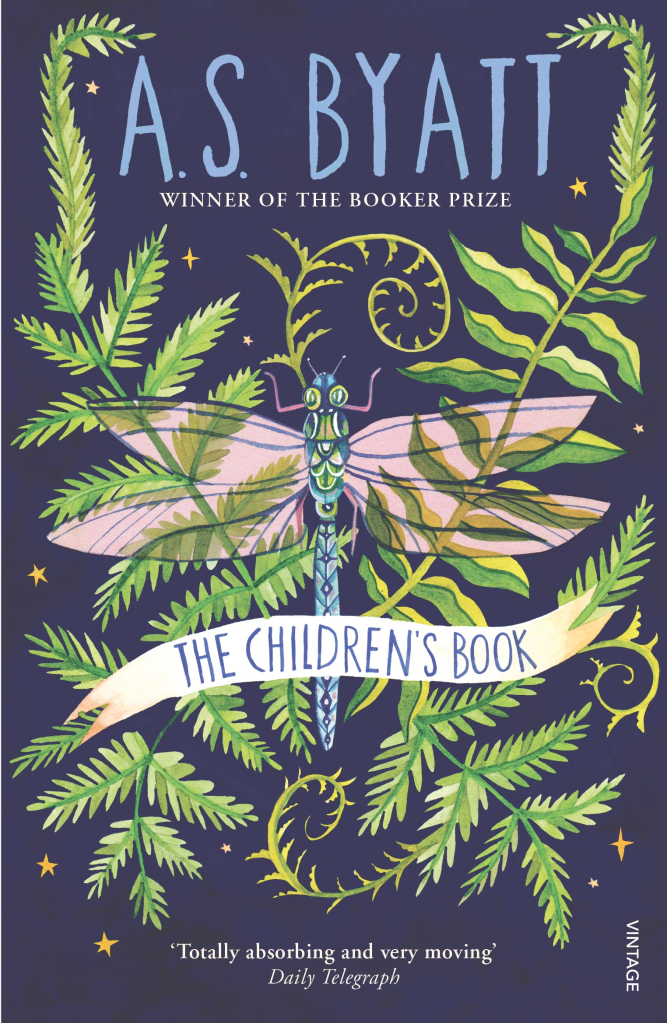April was a month of two halves. On the 17th we flew to the US, where we spent ten days with my parents in central Virginia, and three days further north, in Culpeper, for the wedding of a friend I’ve known for fifteen years. While at home, we went to many of the vineyards, breweries and cideries that pepper southern Albemarle and Nelson Counties; walked around Lake Sherando and through the newly-opened Blue Ridge Tunnel; had cookouts on the screened porch and fires on the back patio; saw a vixen and four of her cubs playing in our back garden; heard a bear going through the bins, separated from us by a single wall; and experienced a stunning showcase dinner for local wines and produce. We also got to spend a lot of time with my wonderful parents, and when my brother and his girlfriend came down from New York for a few days, he and I hiked a mountain off the Skyline Drive and spent a deliriously sunny afternoon at Basic City Brewery in Waynesboro. Two of my dearest, oldest high school friends were free to see us—one with her perfect dog in tow, the other with her perfect one-year-old. The wedding, meanwhile, afforded the opportunity to celebrate with friends I haven’t seen for years, and for them to meet M., whom they all adore.
I also managed to read some books, both before departing and during the trip (thanks, Kindle!) I’ve already written about the Claire Kilroy and A.M. Homes titles; my B-Sides Project read this month was Ivan Turgenev’s Faust, which I cover here, and my contribution to the #1937club was Murray Constantine’s Swastika Night, which I cover here. That leaves another eight books to write about, so here they are.
best reread: The Bridge of Beyond, by Simone Schwarz-Bart (1972), transl. Barbara Bray (1974). I bought this nine years ago on the strength of one review, and read it once. It has subsequently survived five house moves, testament to its extraordinary beauty and resonance. On a second read, the nature and extent of protagonist Telumee’s suffering—through family loss and marital discord—and the explicit connection that characters make between the poverty and hardship of Black life on Guadeloupe in the 1910s(?) and its history of slavery, both stuck out to me much more. At the same time, Schwarz-Bart’s writing is just so beautiful; she hits a rhythm in her sentences that feels musical, in the same inevitable-but-still-surprising way as Baroque counterpoint. And the novel’s emphasis on happiness in small places, on blooming where you’ve been planted (or re-planted, or transplanted), hasn’t faded. The Bridge of Beyond is a book with sadness in it, but it is not a sad book. One other of her novels has an English translation, Between Two Worlds (Ti Jean l’Horizon), but I don’t think it’s in print, which is a scandal. (French-language editions exist and I can read in French, but Schwarz-Bart deserves a much wider audience.)
best reimagining: James, by Percival Everett (2024). NetGalley proof. A terrific reclaiming of Mark Twain’s Adventures of Huckleberry Finn, told from the perspective of “Jim”, the enslaved man who accompanies Huck down the Mississippi. Everett gives him back a full name—James—and names are important in the book; enslaved people don’t necessarily get to choose their own, and the power of choosing one, especially a surname, is recurrently evoked. James is literate, occasionally engaging in imaginary dialogues with Rousseau and Locke (paternalists and racists both). He teaches his children what amounts to a different language, the drawling, passive, infantile “dialect” that white people expect from Black people, and which is the only safe way for them to speak around whites. There’s something almost Colson Whitehead-ish about it, that combination of science fictional affect and historical truth that a totally different reality underlies what the whites of Missouri believe to be their world.
Huckleberry Finn, as I said when I read it for the first time last year, is a dark, scary book: danger from the natural world, and the possibility of violence and death at the hands of other humans, suffuse it. James is just the same. Even white folks who “don’t believe in” slavery are untrustworthy: Daniel Decatur Emmett, the leader of a minstrel troupe that “hires” James to be its tenor, “sounds like every slaver I ever heard” when he finds James has left in the night. Even other enslaved people can betray: Luke, a fellow sawmill worker, has internalised his position and spies for his owner. James sees whites not as the oppressors (that presupposes the existence of victims, he says), but as the enemy—yet he loves, protects and shelters Huck. The reason for that is both guessable a mile away and still made me gasp when it was finally revealed. Thank God James has something that approaches a happy ending—and it isn’t, to my immense relief, Twain’s ending. Beautiful work, this. Pulitzer and Booker material, I hope.
most topical nonfiction: Deep Sea and Foreign Going, by Rose George (2013). Bought by my partner M from an Oxfam shop in Westerham a year or so ago. I really enjoyed this deep look at the global shipping industry from a journalist who embedded on a container ship, the Maersk Kendal, for a journey from Britain to Singapore and back again. It felt especially relevant reading it in the weeks after the Key Bridge disaster. George’s interest is in the people who work in shipping, so she includes wonderful pen portraits of the captain (Glenn), some of the staff (of all nations, but Filipinos are the new MVPs of merchant crews), and some of the people who work in support in ports (priests, shop managers, even professional ransom negotiators during the chapters on piracy). Those who want a detailed examination of how shipping works on a technical level may be disappointed, but those who want to know what it’s really like to work in the world’s most crucial and least regulated jobs will find much to enjoy here. It is genuinely shocking how little control merchant sailors have over their own lives, and they do what they do so that we can eat, drive, read, play, and live with pretty much every object you can imagine; everything but everything is shipped these days. Engrossing and sobering.
most like a book-length episode of The Magnus Archives: The Sunken Land Begins to Rise Again, by M. John Harrison (2020). 99p on Kindle and winner of the Goldsmiths Prize, so I was intrigued. Harrison’s latest novel is a meandering exploration of melancholy and isolation, with an underlying current (word used advisedly) of, not quite menace, but perhaps unease. What would be plot in any other book (is there a human subspecies adapted for aquatic living lurking in our toilet bowls, canals, and inland rivers?) is here more of a recurring leitmotif, never confirmed but never clearly impossible either. A bit like David Musgrave’s Lambda, this is marvelously inconclusive, though much more grounded in the liminal waterscapes of southwest London. Not for everyone, but great for those who like this sort of thing.
most what I expected it to be, in a good way: At the Mountains of Madness, by H. P. Lovecraft (1931). 37p on Kindle for the collected works was not to be missed! I had never read Lovecraft before, and found this novella about as representative as I could hope for. An Antarctic expedition goes horribly wrong when mysterious specimens are unearthed, and an attempt at a rescue mission leads the narrator and his companion into a hellish frozen nightmare of unfolding dread. Lovecraft repeats his favored words and phrases far too often (“aeon-dead” was a real favourite here) and his characters have no interiority and barely any dialogue. The ideas are the kickers, and they are scary, if also (as the narrator seems to understand in this instance) desperately sad. Not a lot of room for Lovecraft’s vaunted racism here, so I’ll try him again, cautiously.
most hopeful utopia: Woman on the Edge of Time, by Marge Piercy (1970). A longest-owned unread Kindle book. I really enjoyed this, a timeslip narrative set between the 1970s and an unclear future date (the 2130s maybe?) Connie Ramos is a poor, unmarried Latina woman with a record whose daughter was removed by social services; when she tries to protect her niece by attacking the pimp who hurt her, she’s put in a mental ward. There, she experiences visions of a utopian future that prioritises communal living, polyamory, universal nonbinary pronouns, and subsistence agriculture, which offers her a different way to live. Initially suspicious, Connie comes to recognise that this future world can only be won through struggle, and the struggle also belongs to her. Chilling, inspiring, very reminiscent of Ursula K LeGuin–this is my second Piercy (after Body of Glass) and is another win.
most filmic, in a good way: Winter in the Blood, by James Welch (1930). Bought new from New Dominion Bookshop in Charlottesville this month! This is a very stark novel but not quite a bleak one, telling of the misadventures of a young Native American man in Montana and the revelation of both an old tragedy and a family secret that reels him back from the brink of nihilism. It’s a quiet book full of unexpressed emotion, one that will repay rereading and a classic of Native American writing. I haven’t plumbed its depths and I may never. Think something like McCarthy, something like Bukowski, something like Steinbeck or Cather, but not much like any of them. The middle section has a little too much unfocused wandering in and out of bars for my taste, but the opening and closing sections are stunners.
most swoony: Enlightenment, by Sarah Perry (2024). A May-release NetGalley proof, read on Kindle. Perry’s writing has a tendency towards swooninenss, which is a your-mileage-may-vary quality. In this book I think it works rather well. It’s about two people in a Strict Baptist congregation in a small Essex town, Aldleigh: when the novel opens, in 1997, Thomas Hart is a middle-aged, closeted homosexual, and Grace Macaulay is a motherless, crosspatch eighteen-year-old. Their relationship—almost paternal-filial, almost a friendship, not quite either—is forever altered by the advent of love for both of them: in Thomas’s case, a straight, married local museum curator named James Bower, and in Grace’s, a slightly feckless non-Baptist teenager named Nathan. All four are drawn into the investigation of a mysterious woman named Maria Vaduva, who lived at local estate Lowlands Park in the 1880s. Twice skipping a decade forward in time, Enlightenment traces the fallout when people discover that the community they want to be a part of is too small to contain them. It’s very luscious writing, maybe relentlessly so, but it draws you in, and Perry is good at making you feel that the stakes are high because the characters feel that.
And a DNF: The Game of Kings, by Dorothy Dunnett (1961). A longest-owned unread Kindle book. People like to talk enthusiastically about how this book is challenging, as though it’s something only an élite intellectual reader can appreciate. It is challenging, but that’s not always a sign of genius; here, it’s merely irritating. I was hoping that the relentless multi-lingual quoting, rhyming, and fey flippancy in the dialogue of our anti-hero, Francis Crawford of Lymond, and the tremors of concern raised by his apparent disregard for the lives of women, particularly, would pay off later in the novel, but this suggests not. Thanks, Marquise of Goodreads, for confirming that I needn’t spend more time here.
What did you read in April? Any favourites? Have you read any of these?

